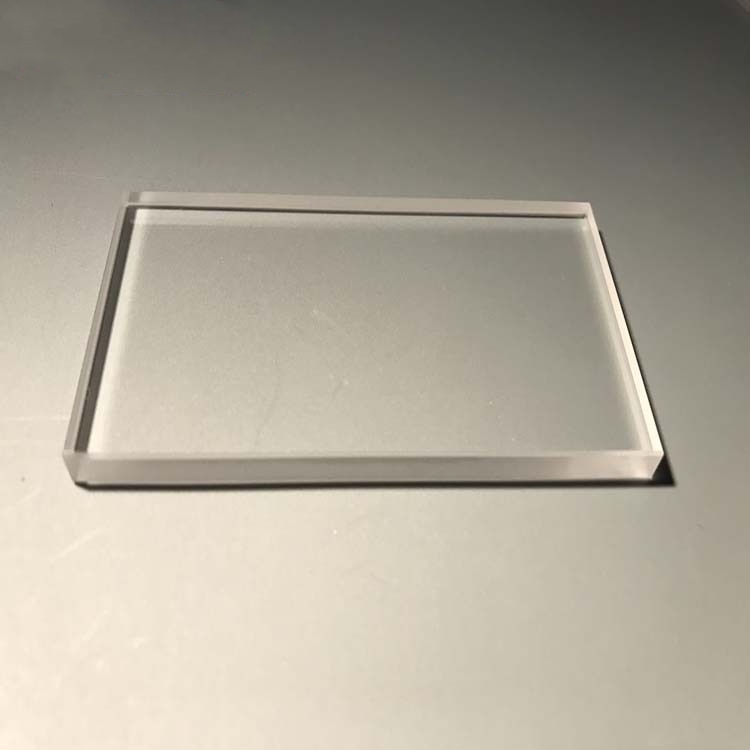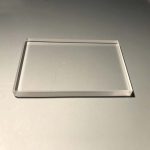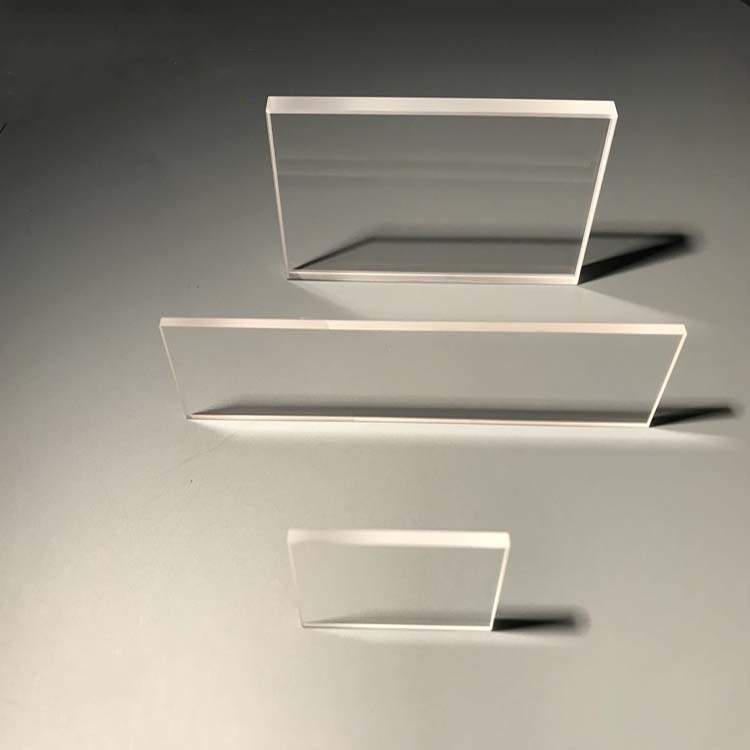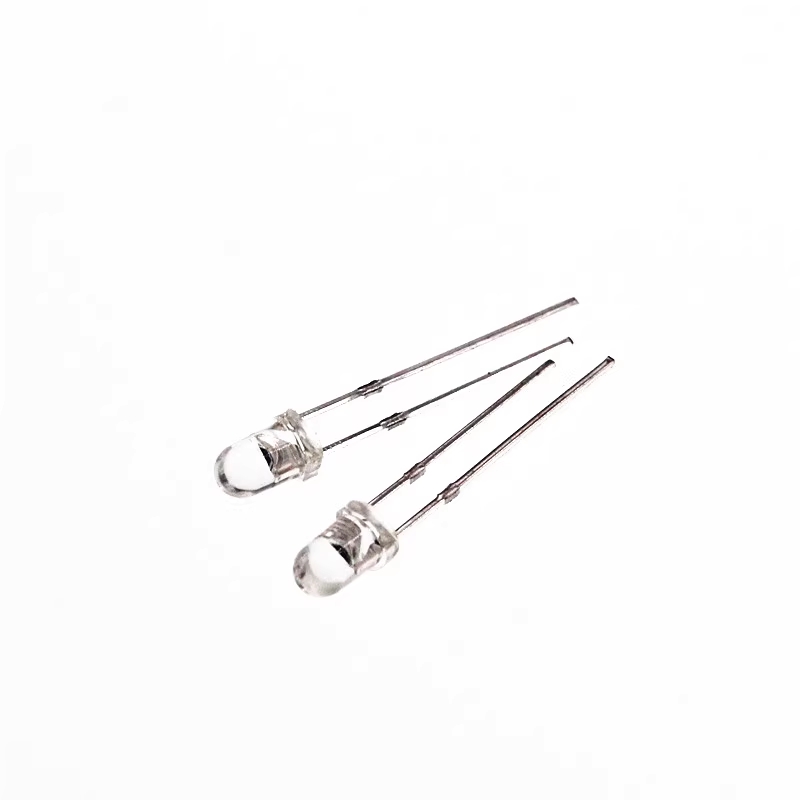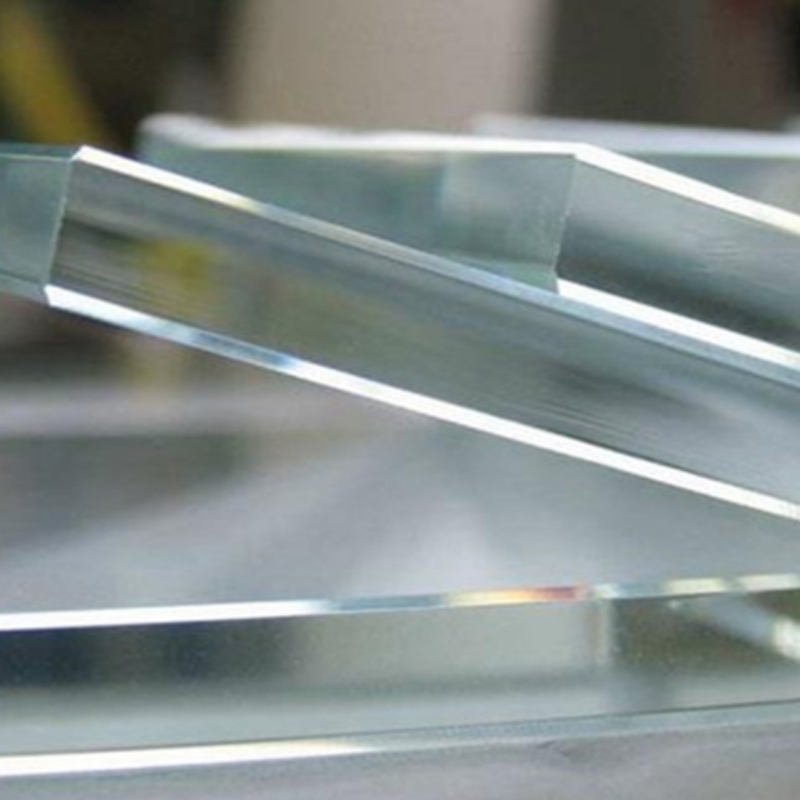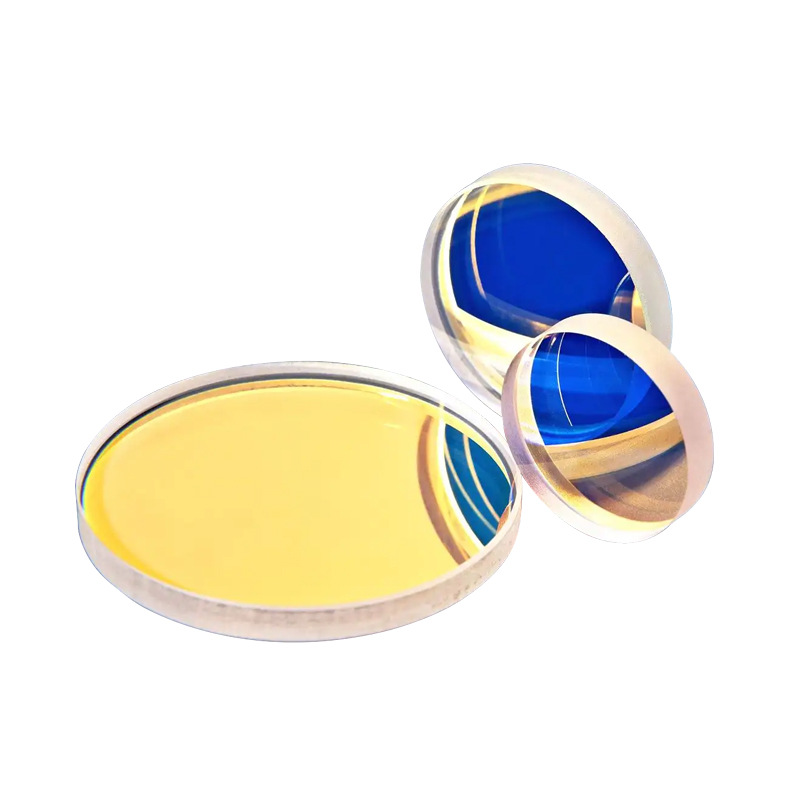K9 rectangular glass window is a high-quality optical component made from K9 borosilicate glass, known for its superior transparency, mechanical durability, and resistance to thermal expansion. This window provides exceptional clarity, making it ideal for laser systems, optical instruments, scientific applications, and precision imaging technologies. Its rectangular design ensures versatile integration into optical assemblies, offering consistent performance under various environmental conditions.
Product Overview
The K9 rectangular glass window is a common optical element, typically made from K9 glass. It offers high transmittance in the visible and near-infrared spectrum, making it suitable for a wide range of optical applications, such as laser systems, spectrometers, biological microscopes, and more. K9 glass possesses excellent properties, including a low refractive index, low thermal expansion coefficient, low dispersion, and high thermal stability, making it widely used in optical systems that require high transparency and precision.
Key Features
- High Transparency: Offers excellent transmittance, allowing light to pass through the visible, near-infrared, and some ultraviolet wavelengths.
- Low Dispersion: Compared to conventional optical glasses, K9 glass has minimal dispersion, effectively reducing chromatic aberrations in the optical system.
- Thermal Stability: With a low thermal expansion coefficient, the glass exhibits minimal volume changes with temperature fluctuations, ensuring stable optical performance.
- High Mechanical Strength: K9 glass has good hardness and wear resistance, making it suitable for environments with mechanical wear.
- Ease of Processing: It can be easily cut, ground, and polished, allowing it to meet the specific needs of different optical systems.
Applications
- Laser Systems: Used as windows, lenses, or mirrors in lasers and optical instruments.
- Spectral Analysis: Applied in spectrometers and similar devices, providing precise optical measurements.
- Biological Microscopes: Used as an optical window in microscopes, ensuring clear and accurate imaging.
- Optical Instruments: Widely used in various optical systems to enhance light transmission efficiency and performance.
- Coating Treatments: Can be coated with anti-reflective or anti-glare coatings to improve anti-reflective properties and transmission, enhancing optical performance.
| Optical Property | Value |
| Transmission Range | 0.35-2 μm |
| Refractive Index | 1.5168 @ 587.5618 nm |
| Reflection Loss | 8.1% @ 587.5618 nm (both surfaces) |
| Physical Property | Value |
| Density | 2.51 g/cm³ |
| Melting Point | 559 ℃ |
| Thermal Conductivity | 1.114 W/(m·℃) |
| Thermal Expansion | 7.1×10⁻⁶ ℃⁻¹ |
| Specific Heat Capacity | 0.858×10³ J/(kg·℃) |
| Young's Modulus | 82 GPa |
| Bulk Modulus | 34 GPa |
| Poisson's Coefficient | 0.206 |
| Chemical Property | Value |
| Solubility | None
|
| Parameter | Range |
| Diameter Range | 2-300 mm |
| Thickness | 0.12-60 mm |
| Surface Finish | 80-50, 60-40, 40-20, 20-10, 10-5 |
| Surface Accuracy | λ/2, λ/4, λ/8, λ/10 |
| Parallelism | <3' - 30" |
| Aperture Transmission | >90% |
| Coating | Customizable |
 new material
new material

